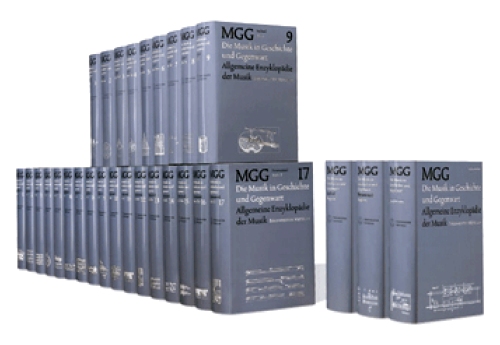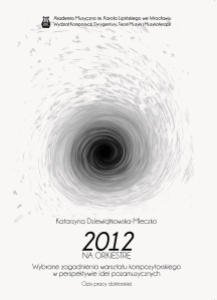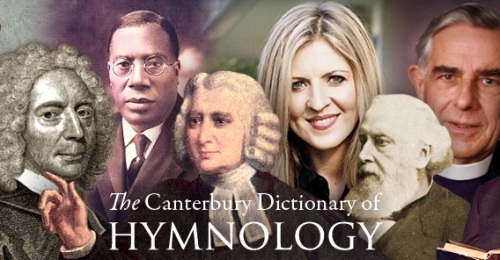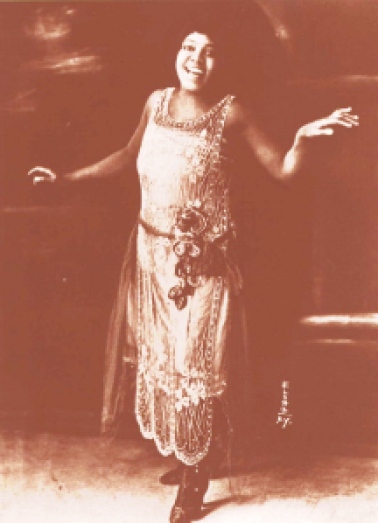In 2014 Bärenreiter and J. B. Metzler, the publishers of Die Musik in Geschichte und Gegenwart (MGG), entered a long-term partnership with RILM. MGG Online will include the content of the 1994–2008 print edition of MGG as well as future updates, revisions, and additions.
Regular updates will guarantee that MGG remains musicology’s foremost reference work. All entries from this widely consulted and cited encyclopedia will be accessible to users through the new online database beginning in 2017.
Bärenreiter and J. B. Metzler will remain responsible for MGG’s content and will ensure that MGG Online continues to offer up-to-date and authoritative articles. RILM will bring its expertise to bear on the design of the online database and the creation of a user-friendly platform that will be fully equipped with the most advanced search and browse capabilities.
With its broad international experience, RILM will also be responsible for the worldwide marketing of MGG Online. Subscription details for libraries and other users will be issued soon.
More information is here (English) and here (German).

















